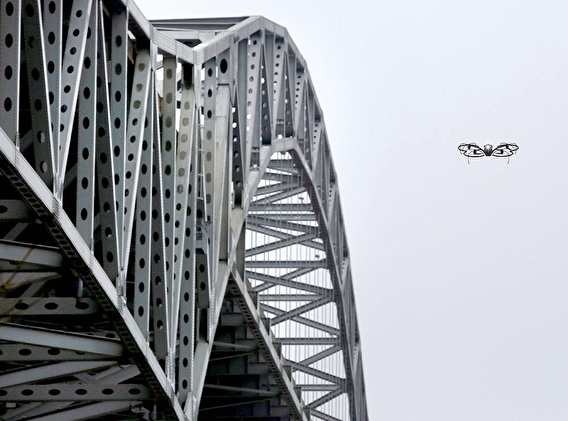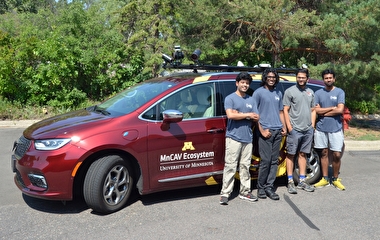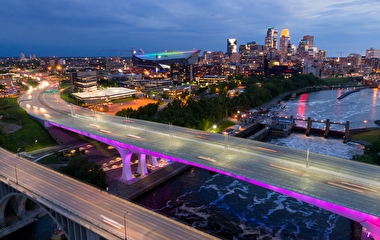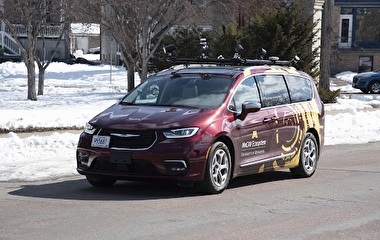
What’s next in the future of mobility? Infrastructure is always critical—the challenge of how to fund, protect, and maintain it continues unabated, whether from wear and tear or malicious cyberattacks.
In Sensing the Future of Infrastructure, Lauren Linderman writes that the improvement in sensing technologies, deployment strategies, and data analysis techniques means structural health monitoring is no longer a “what-if” scenario but a viable strategy. Uncrewed aerial vehicles, smartphones equipped with onboard sensing, and other tools already enable improved analysis of existing structures. The result? A more complete picture of infrastructure performance to help prioritize maintenance and replacement.
Raphael Stern views infrastructure from another perspective in Connected Vehicles and Cybersecurity—A New Frontier of Risk. Infrastructure-based attacks may compromise the integrity of roadside units that provide information to vehicles for navigation. Such attacks could also be used to send false information to the managers who make infrastructure control decisions. Securing our transportation infrastructure from cyberattacks, he writes, will rely both on detecting intrusions when they occur and designing robust operating procedures if an attack is not detected.
The Future of Mobility series collects the perspectives of top U researchers and other national experts. Authors scan the horizon, reflect on critical transportation topics, and recommend action steps for public officials and policymakers.
—Pam Snopl, CTS senior editor


